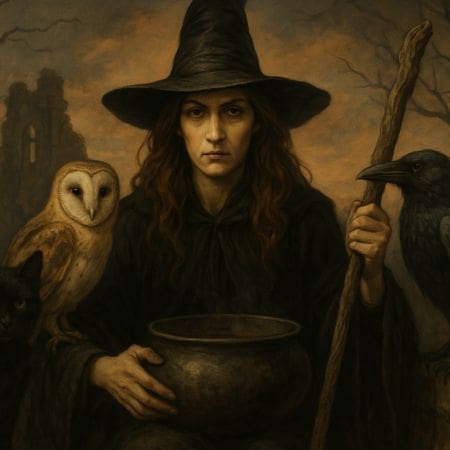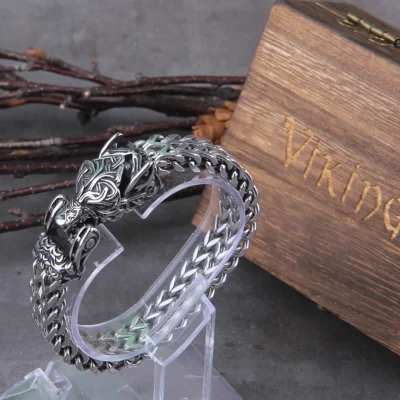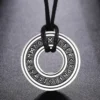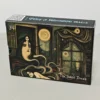
Introduction – The Shadow of the Witch
Few images of medieval life are as chilling as that of the witch. Whispered tales of curses, midnight rituals, and bargains with the Devil haunted village life. In the Middle Ages, witchcraft was both feared and fascinating, a subject that shaped law, religion, and folklore alike.
Early Beliefs and the Church’s Stance
In the early medieval period, the Church treated witchcraft as superstition rather than heresy. Charms and folk remedies were seen as harmless, even if frowned upon. But by the 13th century, attitudes hardened. The idea of witches as servants of the Devil grew, blending old pagan practices with fears of heresy.
Texts such as the Canon Episcopi warned against belief in witches, yet paradoxically kept the idea alive. By the later Middle Ages, inquisitors and clerics began to treat witchcraft as a threat to both body and soul.
Folk Magic and Everyday Life
Not every act of magic was sinister. Village healers and wise women offered herbal remedies, charms, and blessings. Protective symbols, known today as “witch marks,” were carved into buildings to guard against evil. Amulets, often made from iron or carved bone, were worn to repel curses.
For peasants, such practices offered security in a precarious world. Yet the same healer who mended a neighbour’s illness could be accused of witchcraft if crops failed or storms struck.
Trials and Persecutions
Although the great witch hunts belong mostly to the 16th and 17th centuries, the late Middle Ages saw their seeds sown. By the 1400s, witch trials appeared in parts of Germany, France, and England.
Accusations often emerged during hardship: failed harvests, plague, or sudden death. Trials were as much about fear and scapegoating as they were about justice. Torture extracted confessions, while superstition painted witches as masters of shape-shifting, weather magic, and poisoning.
Symbols of Witchcraft
Medieval imagination gave witches a dark iconography that still survives:
- The Black Cat: Seen as a witch’s familiar, thought to carry a soul or spirit.
- Owls and Ravens: Birds linked with night, death, and ill fortune.
- Cauldrons and Herbs: Everyday tools of healing recast as signs of sinister craft.
- Marks of the Devil: Strange birthmarks or scars were seen as proof of a witch’s pact.
These symbols, once deadly accusations, now shape Halloween imagery across the world.
Witchcraft and Gender
Most accused witches were women, often widows or those who stood outside community norms. Yet not all were female. Men, too, could be targeted, especially if they were healers, loners, or outspoken. Witchcraft accusations reflected deeper anxieties about gender, authority, and control.
Folklore and Storytelling
Stories of witches spread widely in the medieval imagination. Chronicles told of women flying through the night sky. Tales circulated of witches meeting in secret sabbaths. While many were products of fear, they also reveal the power of storytelling in shaping belief.
In villages, parents warned children against wandering at night, lest they meet a witch. Such stories reinforced boundaries and kept old fears alive.
From Medieval Fear to Modern Fascination
Today, witchcraft is less a cause of panic and more a symbol of empowerment or curiosity. Yet its medieval roots explain why witches remain so captivating.
- Halloween costumes recall medieval fears of disguise.
- Protective charms inspire modern jewellery.
- Stories of flying witches connect to centuries of folklore.
By exploring medieval witchcraft, we see how deeply it shaped not only belief but also the images we still carry of Halloween.
Linking Past to Present
For those drawn to history and heritage, medieval witchcraft offers both warning and wonder. It reveals how communities managed fear, how symbols evolved, and how superstition shaped daily life.
At Histories & Castles, our Medieval Halloween collection includes charms and amulets inspired by these very traditions, connecting you to the world of medieval belief.
Conclusion – Echoes of the Witch
The Middle Ages cast the witch as both healer and heretic, protector and persecuted. In those centuries of fear, we glimpse the origins of many customs and symbols that still haunt Halloween. By remembering their stories, we honour both the dark and the light sides of medieval folklore.






